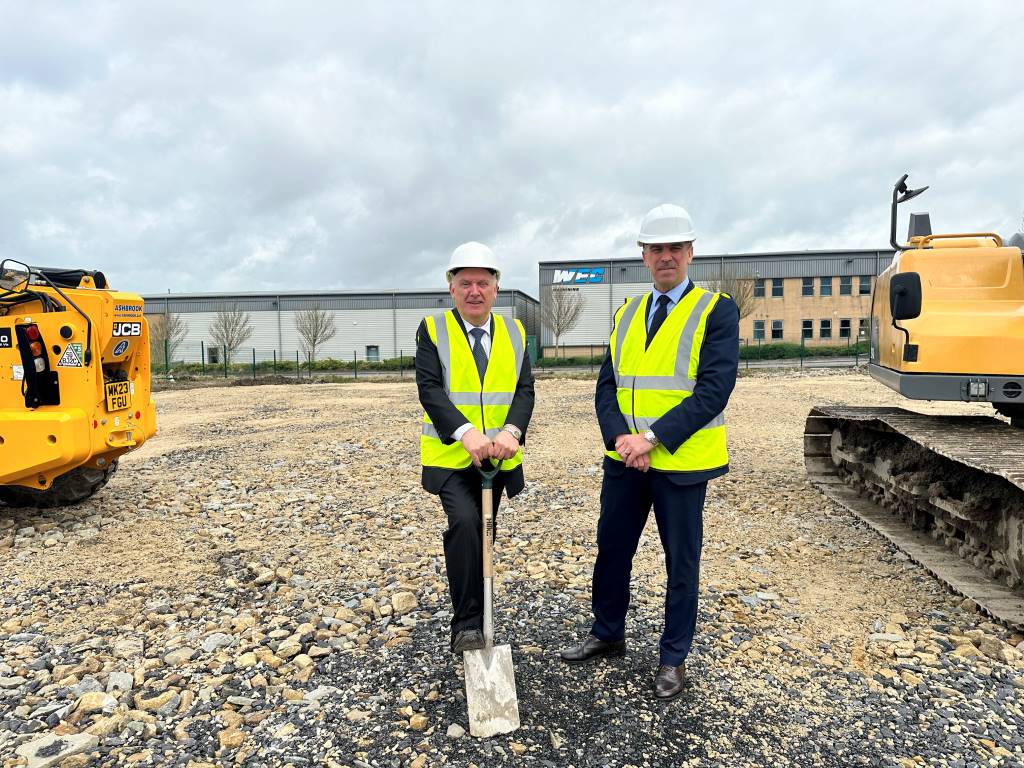Bloodhound lands in South Africa for high speed tests

British supersonic land vehicle Bloodhound LSR has arrived at the Hakskeenpan desert in South Africa for its first high speed test runs.
Before that can happen, the initial task is to re-assemble the car, which has travelled in a semi‑dismantled state from Luxembourg to Johannesburg by airfreight, before making the final 570‑mile journey to the desert on the back of an articulated lorry.
The high speed tests will see the Bloodhound LSR car blasting along the Hakskeenpan desert racetrack for the very first time, providing a showcase of British engineering to a global audience.
The Bloodhound team’s primary objective is to engage and inspire people of all ages through the most extreme application of science, technology, engineering and mathematics.
Once the precision machined solid aluminium wheels, made specifically for desert testing are fitted, engineers will be able to re-attach sections of carbon fibre composite bodywork to the front of the car, along with the nose section, which is vital for effective aerodynamics. The tail fin will also be fitted, completing the chassis and making the car ready for action.
The 25-strong team who flew out with the car joined an advance party who have been working tirelessly beneath the South African sun to set up the 50 x 50 m Desert Technical Camp on the edge of the Hakskeenpan desert.
As well as the Bloodhound car itself, it houses a temporary workshop, complete with the precision tools needed to fine tune performance and maintain the car, including a lathe, milling machine and welding equipment.
The Bloodhound LSR car will be unveiled fully assembled on 21st October, before it begins the high speed test programme, during which it will build speed gradually in 50mph increments over a month. The culmination of the four to five weeks will see the car hitting speeds of 500+ mph.
Bloodhound CEO Ian Warhurst explained: “The section of the track we’ll use is 10 miles, with large safety areas on both sides. This allows us to lay out up to 25 individual tracks side by side, if we need them. This is important as we can’t run over the same piece of ground twice because the car will break up the baked mud surface as it passes. We need multiple tracks so we can build speed slowly and safely – going up in 50 mph (80 km/h) steps, comparing real-world results with theoretical data – and Hakskeenpan is the perfect place to do this.
“The surface is hard, too, which means we’ve been able to design slightly narrower wheels that reduce aerodynamic drag. The desert surface also has a slight degree of ‘give’, which will work with the suspension to give a smoother ride, reducing vibration inside the car.”
Bloodhound LSR www.bloodhoundlsr.com











